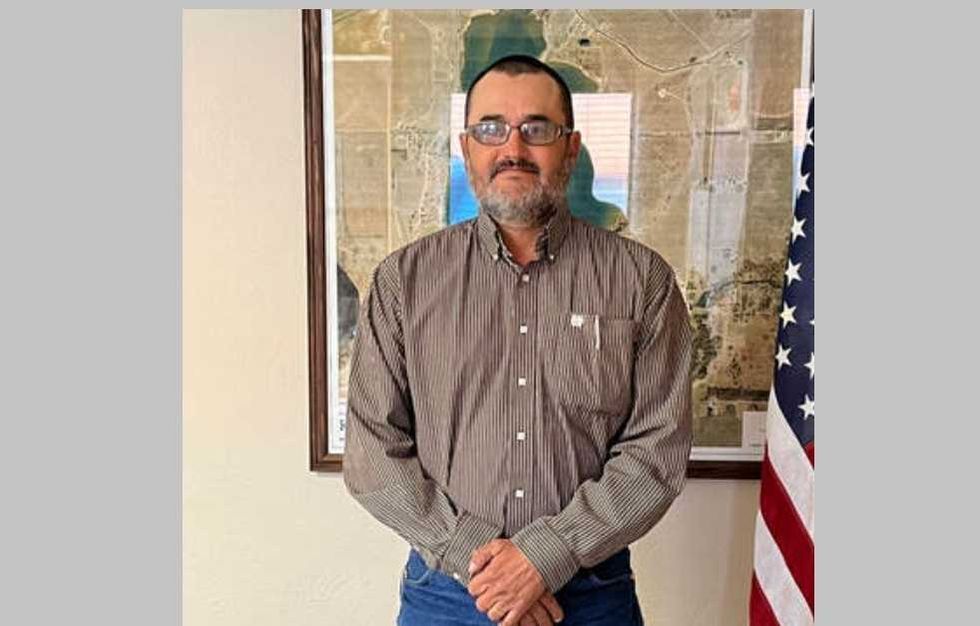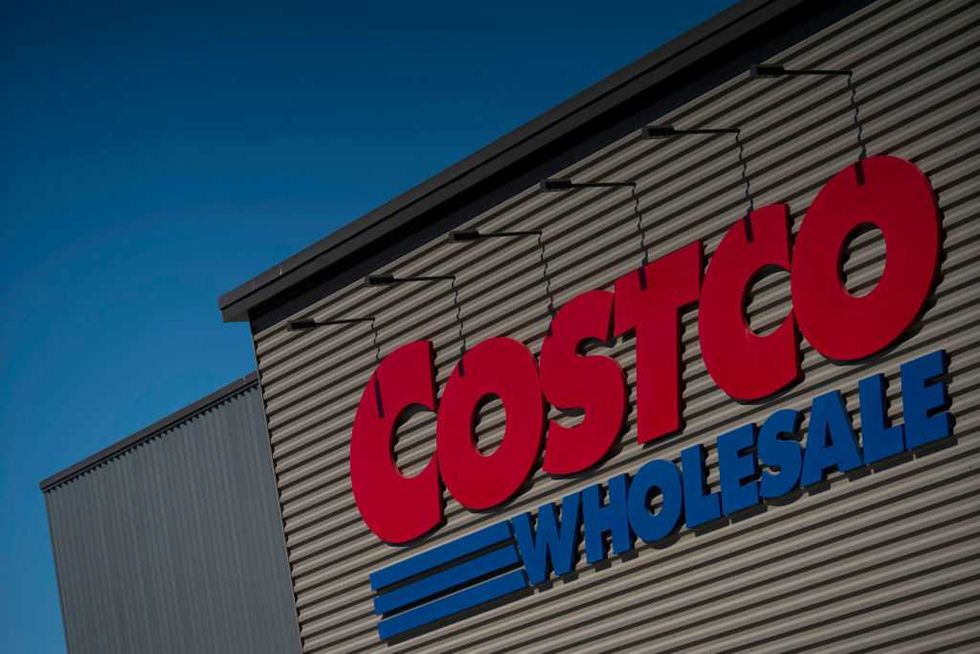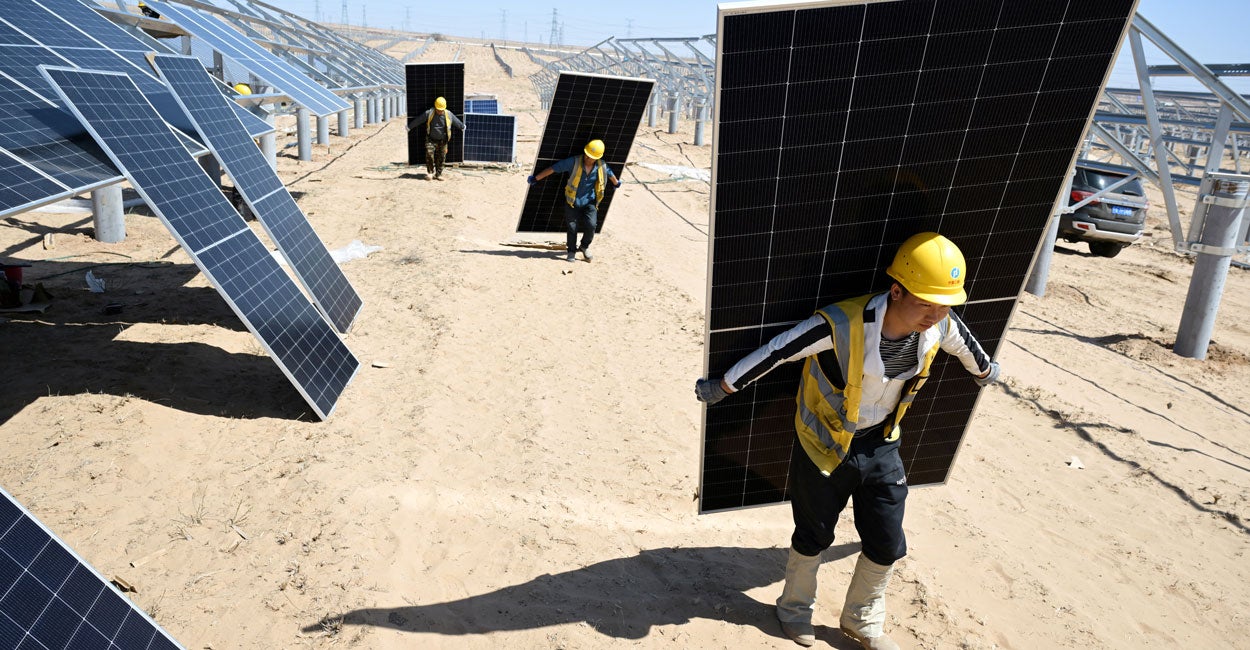‘We can eat happiness, or we can eat stress and violence’: Regenerative farmer explains intersection of food, soil, and joy


If you’ve been hearing the term “regenerative farming” a lot lately, it’s because the method has soared in popularity in recent years, especially in the United States. From Big Food giants, including Walmart, Pepsi, and General Mills, to individuals seeking to produce their own food, the nation is steadily moving toward this sustainable system that addresses some of the biggest threats to both agriculture and people. By adopting this holistic approach, farmers can address soil degradation and biodiversity loss that harm their farms, while also reducing reliance on chemical fertilizers, animal hormones, and food additives that pose threats to people and animals.
On a recent episode of “Back to the People,” Nicole Shanahan interviewed author, farmer, and regenerative farming advocate Joel Salatin to get a better understanding of how this holistic system benefits everyone involved.
Salatin spent his early years on his parents’ farm in Venezuela. However, when their chickens, which were vastly healthier and more hygienic than the local farmers’ stock, began dominating the market, the community accused their family of “witchcraft and voodoo” and drove them out.
“So we fled the back door, and machine guns came in the front door,” he tells Nicole.
Their family came back to the United States and began Polyface Farms, a diversified, multispecies regenerative farm in Virginia, which Salatin still operates today.
Unfortunately, the persecution followed them home. Instead of superstitious locals, today Salatin faces threats from the “industrial agriculture system that views life from a mechanical standpoint.”
“I've been called a bioterrorist and a Typhoid Mary and a starvation advocate” because “we don't vaccinate; we don't medicate; we're using compost instead of chemical fertilizers; we're moving the animals around on the pasture instead of just leaving them in one field all the time; the chickens are outside where they can get fresh air and sunshine and exercise,” he explains.
He tells Nicole he’s embraced the moniker “the lunatic farmer.” If being a lunatic means you’re stewarding God’s creation well, the insult is actually a badge of honor.
“We are stewards of a niche of God's creation that is unbelievably beautiful, complex, relationally oriented, and symbiotic,” he says. “One of the problems in mainline industrial agriculture today, I think, is a general kind of underlying, almost unspoken philosophy that nature's against us and nature is a reluctant partner that I have to beat into submission and dominate.”
This “wrestling, contested kind of relationship” with nature, however, is unnecessary, and that’s what regenerative farming understands that Big Food and Big Ag don’t. When we try to control nature with chemicals, we’re causing problems not only in the environment but also in our own bodies.
“We are routinely ingesting things that are foreign to our microbiome,” says Salatin.
The billions of microbes in our stomachs and digestive tract, he explains, are essentially “first cousins” to the “biome in the soil, to the biata in the soil.”
“If you look at human skin and you look at soil and you do a cutaway side profile ... they almost look identical,” he explains. “What we're feeding our internal village of microbiomes needs to be something that they are familiar with, that they understand, and they don't understand Coca-Cola and Velveeta cheese.”
But it’s not just soil and humans who benefit from regenerative farming. Livestock fairs remarkably better, too. Emphasis on rotational grazing that mimics natural herd movements and using natural alternatives to antibiotics, hormones, and chemical dewormers results in healthier, happier animals.
“We've learned over the many years, especially from our gourmet chefs, that all of our meats cook about 15% to 20% faster than regular conventional factory-farm stuff,” says Salatin.
The disparity is likely due to differences in adrenaline levels.
“Most of the livestock in the U.S. live in very stressful environments, where their whole life they're drip, drip, drip, dripping adrenaline, which tightens everything up. Our animals are happy; they never secrete adrenaline,” Salatin explains.
“We can eat happiness, or we can eat stress and violence.”
To hear more about Salatin’s story and regenerative farming, watch the episode above.
Want more from Nicole Shanahan?
To enjoy more of Nicole's compelling blend of empathy, curiosity, and enlightenment, subscribe to BlazeTV — the largest multi-platform network of voices who love America, defend the Constitution, and live the American dream.
Originally Published at Daily Wire, Daily Signal, or The Blaze
What's Your Reaction?
 Like
0
Like
0
 Dislike
0
Dislike
0
 Love
0
Love
0
 Funny
0
Funny
0
 Angry
0
Angry
0
 Sad
0
Sad
0
 Wow
0
Wow
0












































































